The Best Entry Level Landscape and Travel Camera
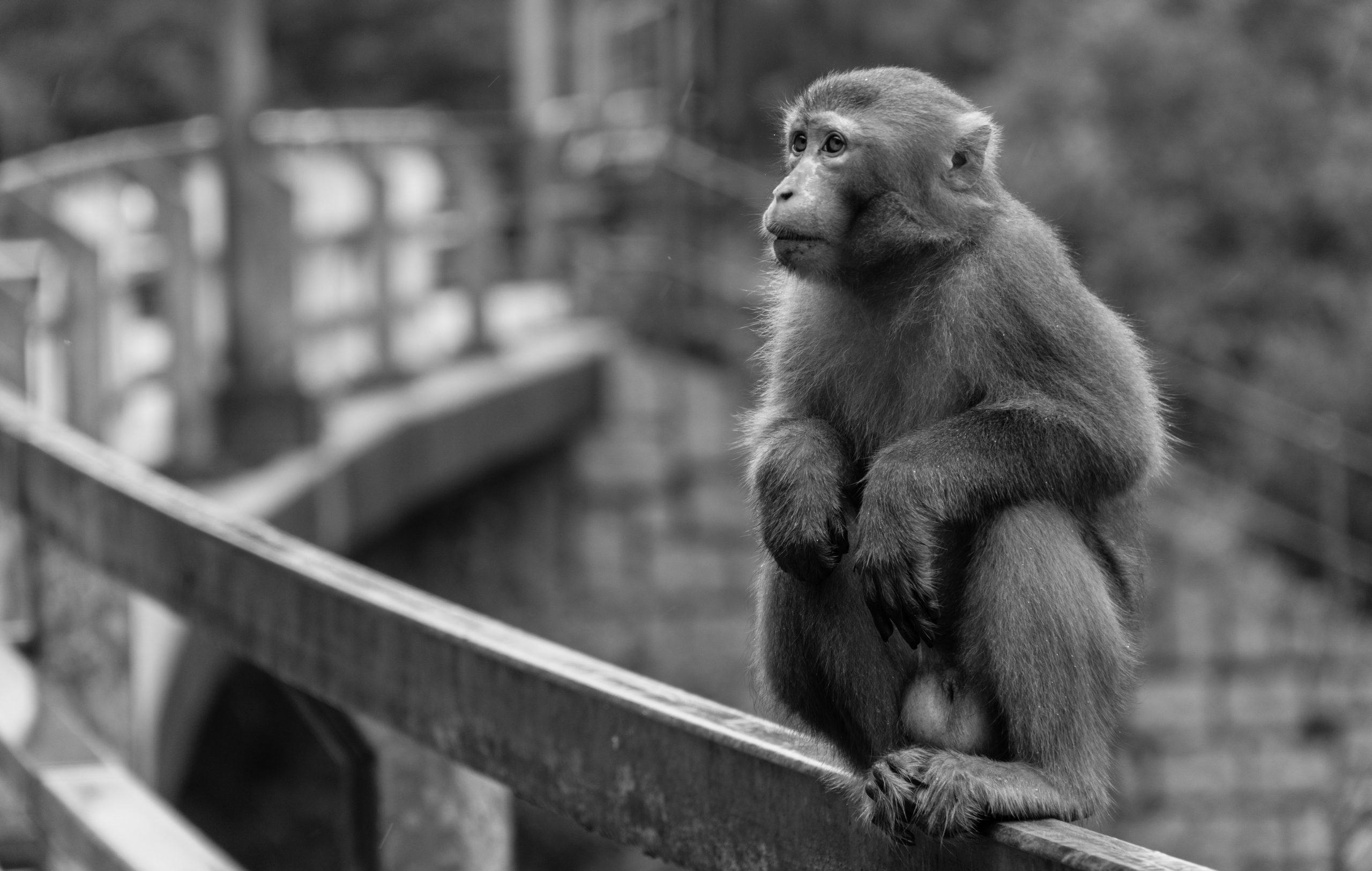
I have the perfect recommendation for the best entry level camera for landscape and travel photography. This is the perfect camera to learn, grow, and adventure with. It has all the features you would need and is extremely powerful. Enough talk right? What’s the perfect entry level landscape and travel camera?
Sony a6000
The Sony a6000 is an APS-C (sensor size) interchangeable lens camera that is fully featured yet still budget friendly ($400 – $548). The kit lens it comes with is a perfect size for traveling and covers a decent range of focal lengths (16mm-50mm or 24mm-75mm full frame equivalent). The ability to change lenses is also very important as you’ll be able to build your lens collection over time. Having access to all the same camera settings and functions as a “pro” camera is also a great way to learn the technical side of photography.
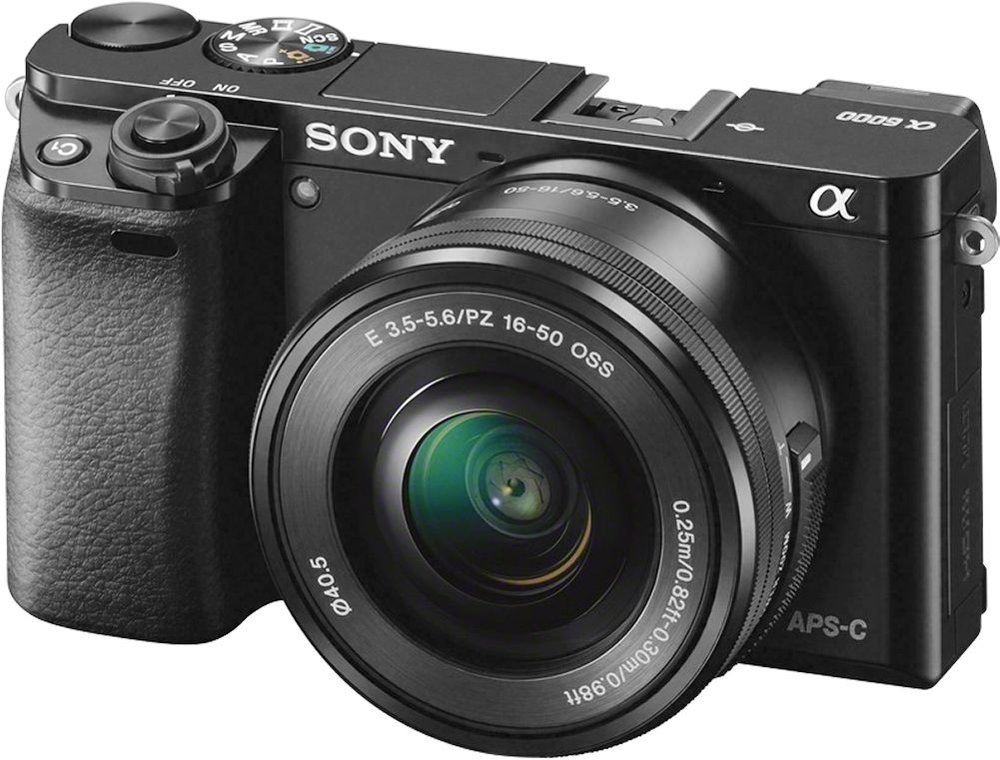
Selection Criteria
I considered the following criteria when determining the best entry-level camera for landscape / travel photography.
- Image Quality
- Ease of Use
- Features
- Camera Ecosystem
- Size and Portability
- Value
Image Quality
The Sony a6000 sports a vary capable 24MP APS-C sensor (6000×4000 resolution). If you shoot in RAW, you open a whole world of capabilities and the sensor captures plenty of data for post processing purposes. The resolution is high enough for you to be able to crop and recompose images as well. The camera also has a decent dynamic range and performs pretty well in low-light (although you shouldn’t expect wonders).
There are obviously cameras out there with higher image quality but given the price there isn’t a competitor that comes close.

Ease of Use
The camera comes with all the standard camera modes and functions you would expect to find in a pro-level camera (Auto, Aperture Mode, Shutter Mode, Manual Mode, etc). If you are just starting out, then auto may be your favorite mode as you can focus on composing the shot and getting a hang of using the camera. As you get more familiar with photography, you can experiment with different manual settings and camera options.
If you just want to take photos without any hassle, you can put it on auto and just click away. What I really like about the camera is that it’s fully featured and can be tailored to all skill levels.
One downside of the a6000 is that given it’s small size, the ergonomics aren’t the best. Users of larger cameras and DSLRs may find the grip to be small and it won’t feel too great in your hands.
Features
One of my favorite things about the Sony a6000 is that it’s feature packed and comes with most of the features you’d find on a full frame. I say most because the a6000 doesn’t have an intervalometer, although that can be solved by using an external remote. Whether it’s your first day out with the camera or you’re a seasoned pro, there won’t be any subjects that you can’t capture with the a6000. It’s capable of everything from landscapes, to astro photography, long exposures, and even wildlife.
It also has the option of setting custom functions and buttons (which many entry-level cameras don’t support) which is great if you have menu buttons and settings that you frequently use. (For example, the a6000 doesn’t have a dedicated ISO dial but you can customize the center dial to control the ISO).
Camera Ecosystem
An important part of any camera decision is the ecosystem. This means the long term support from the manufacturer, the community, the collection of lenses, and even accessories. Sony was a bit late to the game and played catch up to Nikon and Canon for a few years. However, today the Sony E-mount system is a very capable and complete system.
The Sony a6000 usually comes bundled with a “kit lens”, the 16-50mm f/3.5 – f/5.6 which isn’t the best lens in the world but it’s quite capable. It also has the unique benefit of being extremely small, almost like a pancake lens. This makes the kit extremely portable. I can fit the camera + kit lens in my jacket pocket. Good luck doing that with a full-frame system!
Sony makes two sets of lenses for the E-mount. They make full-frame (FE) lenses and APS-C (E) lenses. The APS-C cameras (such as the a6000) are compatible with full-frame lenses so if you wanted to upgrade or plan for the future, you could start collecting full-frame lenses and then jump into a full-frame body down the line.
Generally the aps-c specific lenses are great and much more budget friendly (in the magnitude of thousands of dollars). If you see yourself upgrading to a full-frame body down the line (for higher resolution, low light, or better durability) then it may be worth the investment to look at full-frame lenses instead.
Size and Portability
It fits in my jacket pocket!!! Seriously though, having a small compact camera is amazing. The best camera is the one you have with you, and if your gear is too big and heavy you’ll leave it at home! On some trips I’ll carry all my heavy equipment (big tripod, 2 camera bodies, multiple lenses, etc) but sometimes it’s great to have something portable. For example, the a6000 + kit lens is great for skiing!

Value
Who doesn’t like insanely good value? For the price, nothing beats the Sony a6000. Now if your budget is a little higher, there are newer iterations of the a6000 (such as the a6300, a6500) which have some new features like in-body stabilization and 4k video but most of that is targeted towards video. For stills, the a6000 and it’s brothers don’t have much difference.
Lenses and Accessories
The a6000 kit (body + kit lens) is perfect to get started with. If you’re looking to splurge a bit and get some better lenses and accessories, here’s what I would recommend.
I’ve owned all the items below! There’s probably alternatives and different options out there but these are what I believe are worth recommending.
Lenses
Sony 18-105mm f/4 – My favorite lens for the Sony APS-C system. This lens is pretty much a direct replacement for the kit lens. It has much more reach though while losing a little bit on the wide end. However, it’s sharp, feels great, and is not too expensive.
Sony E 50mm f/1.8 – The 50mm prime lens is a very sharp and fast lens. It’s small too so fits the profile of the a6000 well. If you enjoy shooting portraits than this lens is for you.

If you want to invest in full-frame (FE) lenses, these are great choices that work well on both the a6000 and the full frame bodies. Take note though, when using full frame on lenses they get “zoomed” in 1.5x. So using a 16mm focal length will make it a 24mm on APS-C.
Tripod
I mentioned in my gear posts that the most important piece of equipment (other than the camera/lens) is the tripod. It’s needed for long exposures, low light shots, astrophotography, and much more. Generally by being able to compose and shoot from a tripod you’ll be able to significantly increase the quality of your shots.
MeFoto Globetrotter – a very nice “travel” tripod that functions as a portable yet decently sized tripod. This one is big enough for larger full-frame bodies like the Sony A7R IV as well as the Sony a6000 so you won’t need to upgrade for a while.
Manfrotto BeFree – a smaller “travel” tripod. This one fits in most backpacks and is very light. I wouldn’t recommend it for bigger cameras but for the a6000 it’s perfect.
Dolica TX570DS – a “ultra compact travel” tripod. This one is the smallest of the 3 and very convenient for travel. It’s also the cheapest of the 3 options so it won’t break the bank.
Conclusion
So the Sony a6000 is hands-down the best entry-level camera for landscape and travel photography. Its combination of usability, features, ecosystem, size, and value make it a perfect camera to take everywhere with you. It’s powerful enough to take beautiful photos (even more technical stuff like astrophotography and long exposures). It offers a great path towards upgrading (if you choose to) and has many options for both lenses and accessories. I highly recommend it and don’t think there’s any reason you would be disappointed by it.
Have any questions about picking out your first set of camera gear? Or maybe just gear in general? Feel free to leave a comment below or message me on Instagram!
For a list of all the equipment I currently use, check out my 2020 gear list.
Jonathan
Hey there, I’m Jon! I love landscape photography which is why I travel all the time! On my blog I’ll share all the best spots for epic sunsets and sunrises as well as some photography tips and tricks. I also have a interest in game design so you’ll find the occasional post about that too. Thanks for visiting!
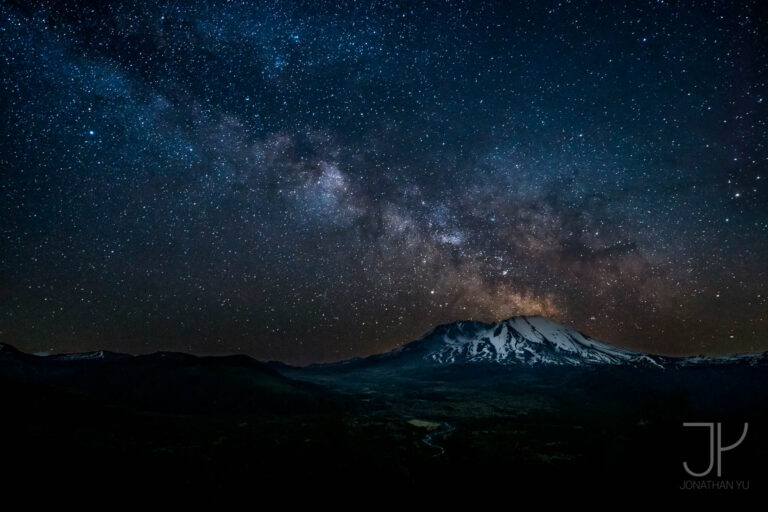
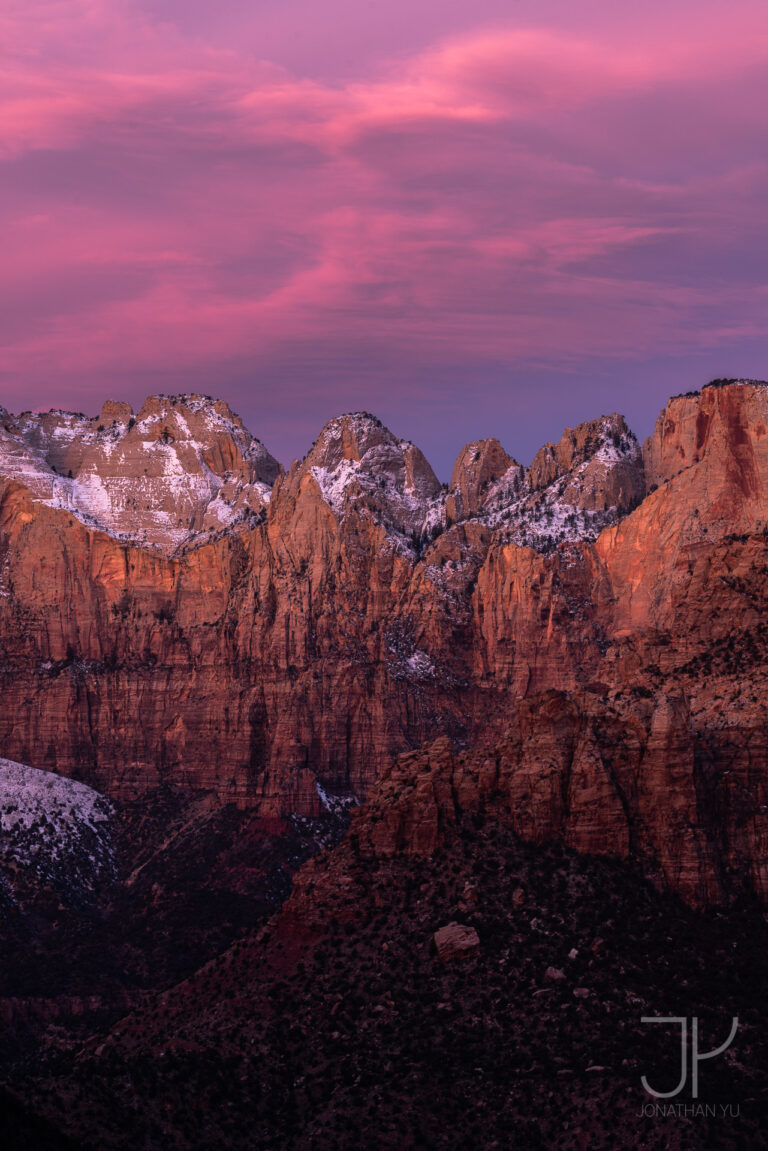
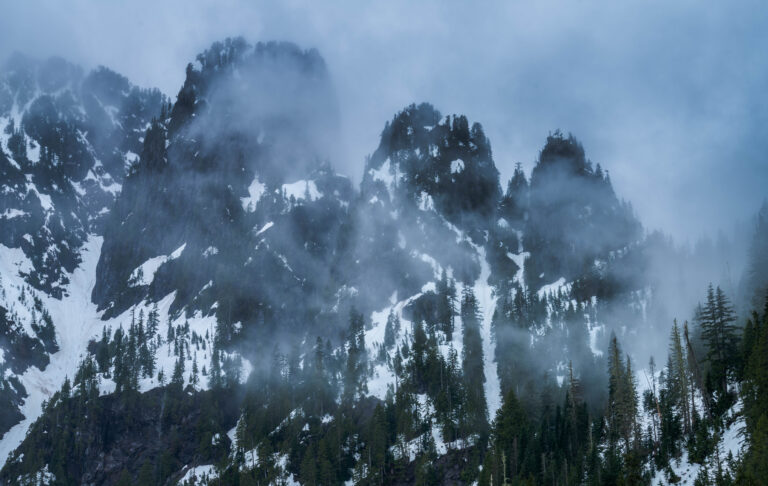
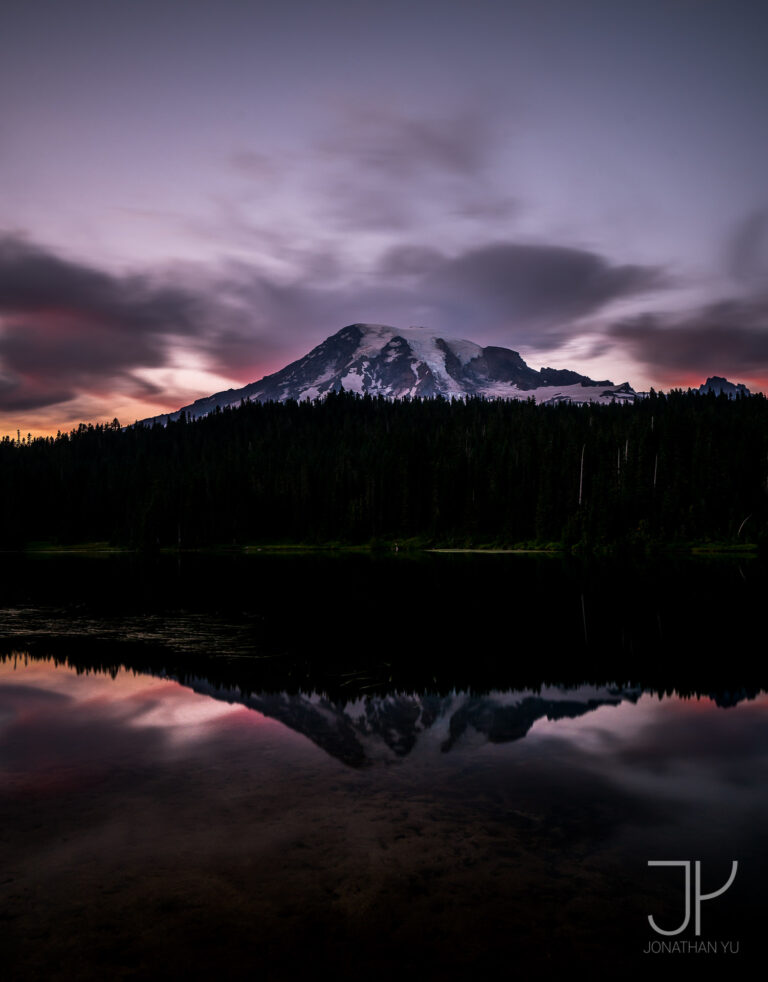
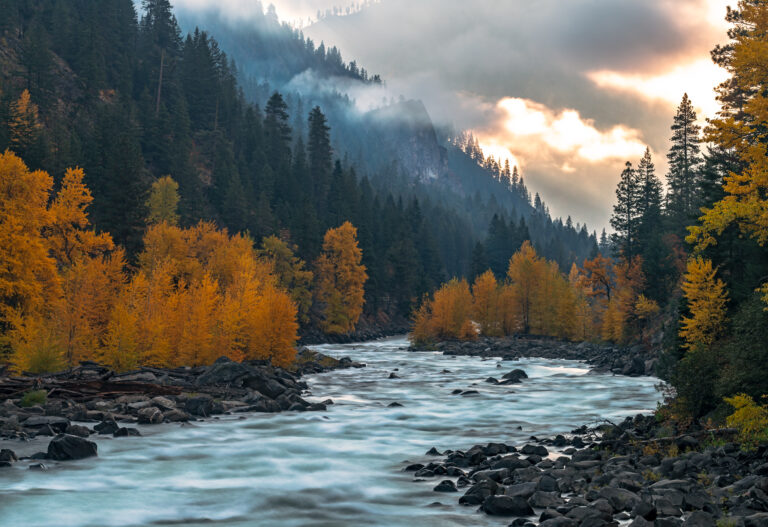
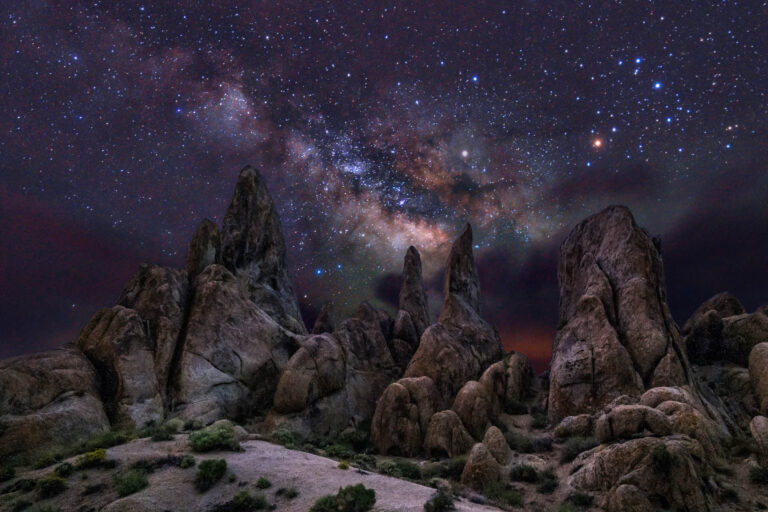
The a6000 is designed to be fully featured and adaptable to various skill levels, which is a notable advantage.